The yellow sunlight at the end of the day covers the hundred-year-old red brick kilns on both sides of the canal, looking like pyramids, creating a magical and strange scene.

From My Thuan Bridge towards Vinh Long city center, go along Co Chien river to Mang Thit... you will see hundreds of hundred-year-old brick and pottery kilns located close together along the river bank. This place is called the "kingdom" of brick and pottery in the West.
The rivers in the Mekong Delta not only bring alluvium - a rich source of nutrients for the fields and orchards of the South, but also create tough clay, an indispensable raw material for the ceramic brick industry.
Although only a few kilns remain red-hot, the rest are damaged, covered with moss and dust, but they create a beauty tinged with time.

The brick kilns in Mang Thit are built mainly with thousands of bricks, forming an architecture with a height of 9 - 13m. The kiln has a diameter of about 6 - 8m, a round cylindrical shape and gradually narrows at the top.

Brick kilns are often built close together along canal banks to facilitate the easy transportation of raw materials and finished products. During its heyday in the 1980s, the entire "kingdom" had more than 1,000 production facilities with about 3,000 kilns operating continuously.
According to local people, during the prosperous period, the kiln was blazing every day; boats carrying goods and raw materials came and went, filling the canal. Most of the products here were transported everywhere, exported to countries such as Cambodia, Korea, and Thailand. Mang Thit became the largest brick and ceramic production site in the West.
Local kiln owners say that to create a batch of quality bricks requires many stages and takes more than a month.
The first step is to knead the clay and shape the bricks before drying them. This stage is now supported by machines, so it is faster and less laborious.
After being dried, the bricks will take about 7 - 10 days to be placed in the kiln. This step requires experienced people to ensure that when firing the bricks, even though the fire is only lit underneath, the bricks are still evenly cooked from base to tip.

After firing, the bricks will be left to cool naturally for about 10 days before being removed. Such a brick kiln usually takes about 5-7 days to remove with more than 200,000 bricks. In the photo are bricks being prepared to be put into the kiln for firing.

Inside a brick kiln that is still in operation. The raw materials for firing bricks include firewood, rice husks... and they are fired 24/7 for about 20 days to achieve quality.

Mr. Hieu, a local resident, said: "Currently, the Thay Cai canal area is the place with the most brick kilns in Mang Thit district with nearly 1,000 kilns close together."

Although the brick-burning profession in Mang Thit is gradually declining because the traditional burning method (rice husk, firewood, etc.) is no longer suitable for the development of society, as well as the high cost of raw materials, many families are gradually demolishing it to do other things. However, with its unique architecture, Mang Thit brick kilns are becoming an attractive destination for visitors from far away to visit, take photos and learn about the traditional handicraft industry.

For that reason, Vinh Long province has decided to stop dismantling old brick kilns, preserve the original state and build cultural, artistic and tourism programs based on the brick kiln and factory buildings. The project "Mang Thit Contemporary Heritage" with a total investment of about 200 billion VND in the period of 2021 - 2025 will build this place into an attractive destination on the Mekong Delta tourism map.

The old brick kilns are covered with moss.
From My Thuan bridge to Dinh Khao ferry, you just need to change a straight road about 10 km to reach the area along the Co Chien river, where many brick kilns are concentrated. Then, you continue on provincial road 902 for more than 10 km to reach Thay Cai bridge across Thay Cai river, looking along both banks is the "kingdom of bricks and ceramics" lying close together, freely experience, visit and take check-in photos.
(According to Thanh Nien, August 22, 2023)
Source







![[Photo] Closing of the 11th Conference of the 13th Central Committee of the Communist Party of Vietnam](https://vstatic.vietnam.vn/vietnam/resource/IMAGE/2025/4/12/114b57fe6e9b4814a5ddfacf6dfe5b7f)






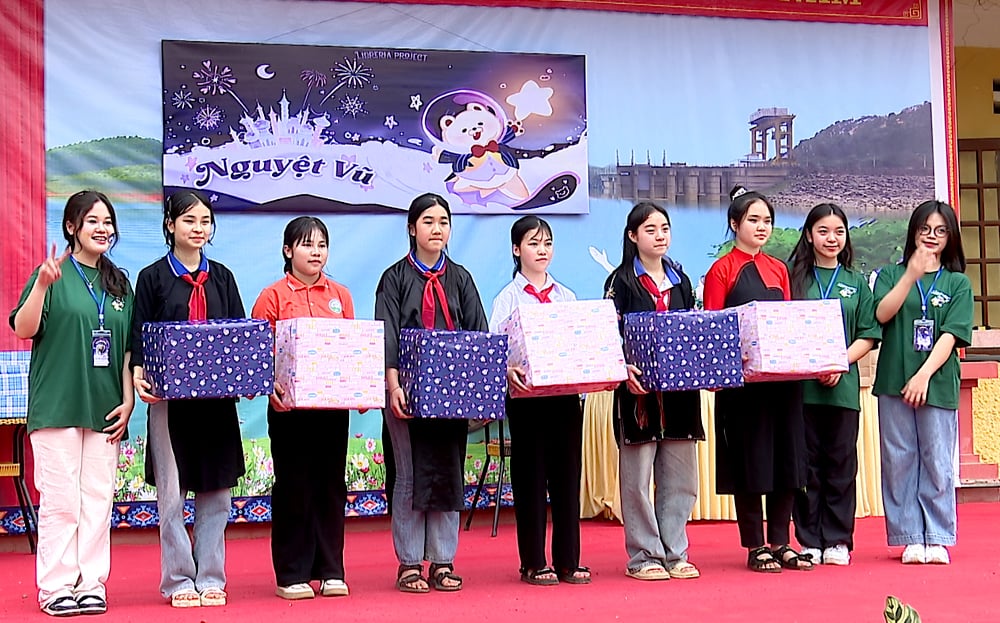

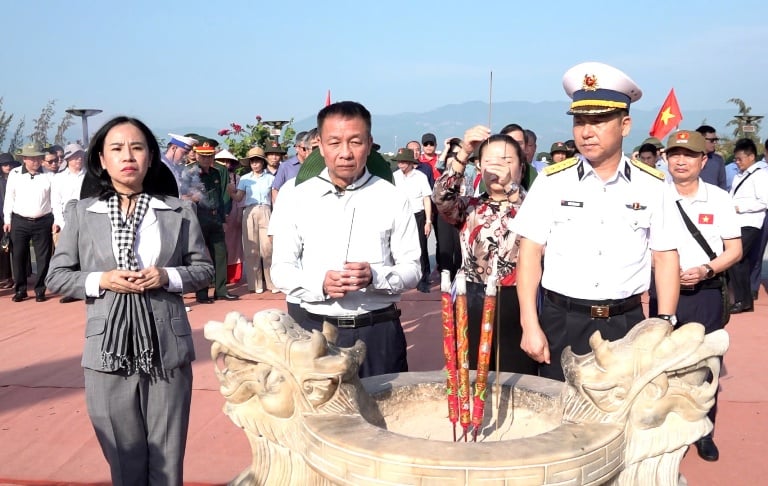
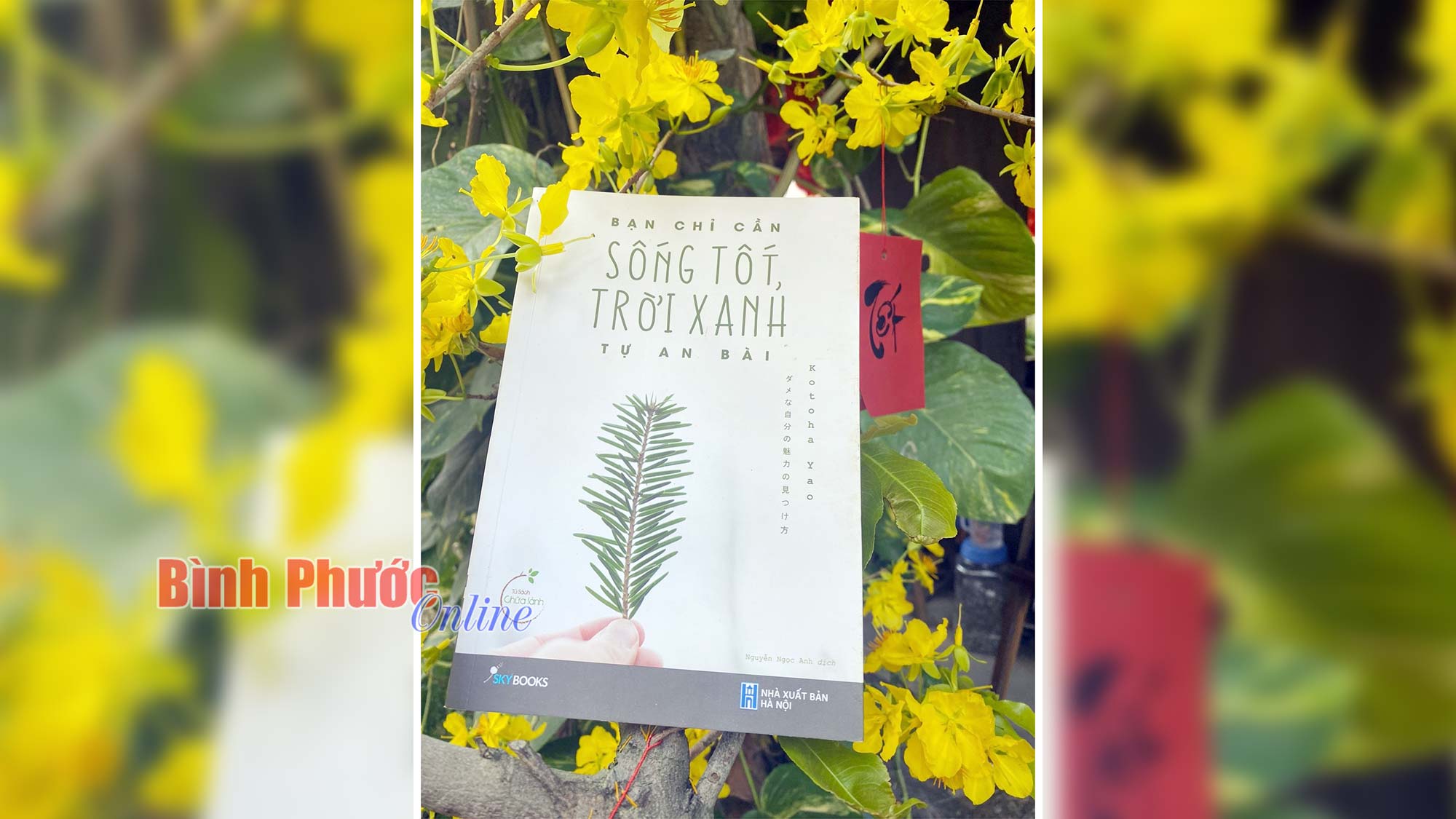







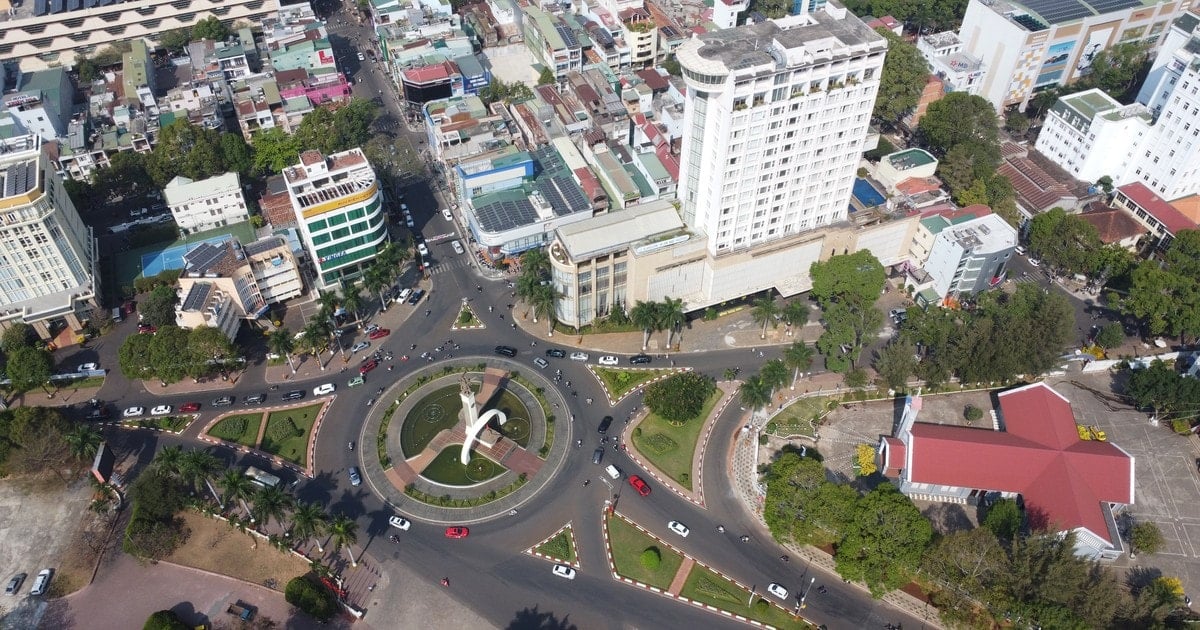
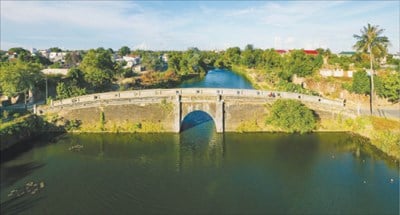
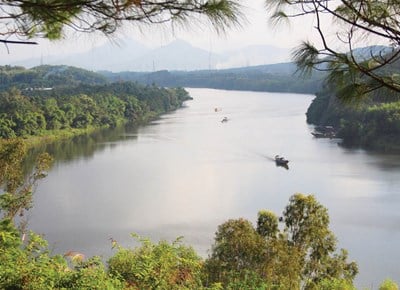

![[Photo] Overcoming all difficulties, speeding up construction progress of Hoa Binh Hydropower Plant Expansion Project](https://vstatic.vietnam.vn/vietnam/resource/IMAGE/2025/4/12/bff04b551e98484c84d74c8faa3526e0)













































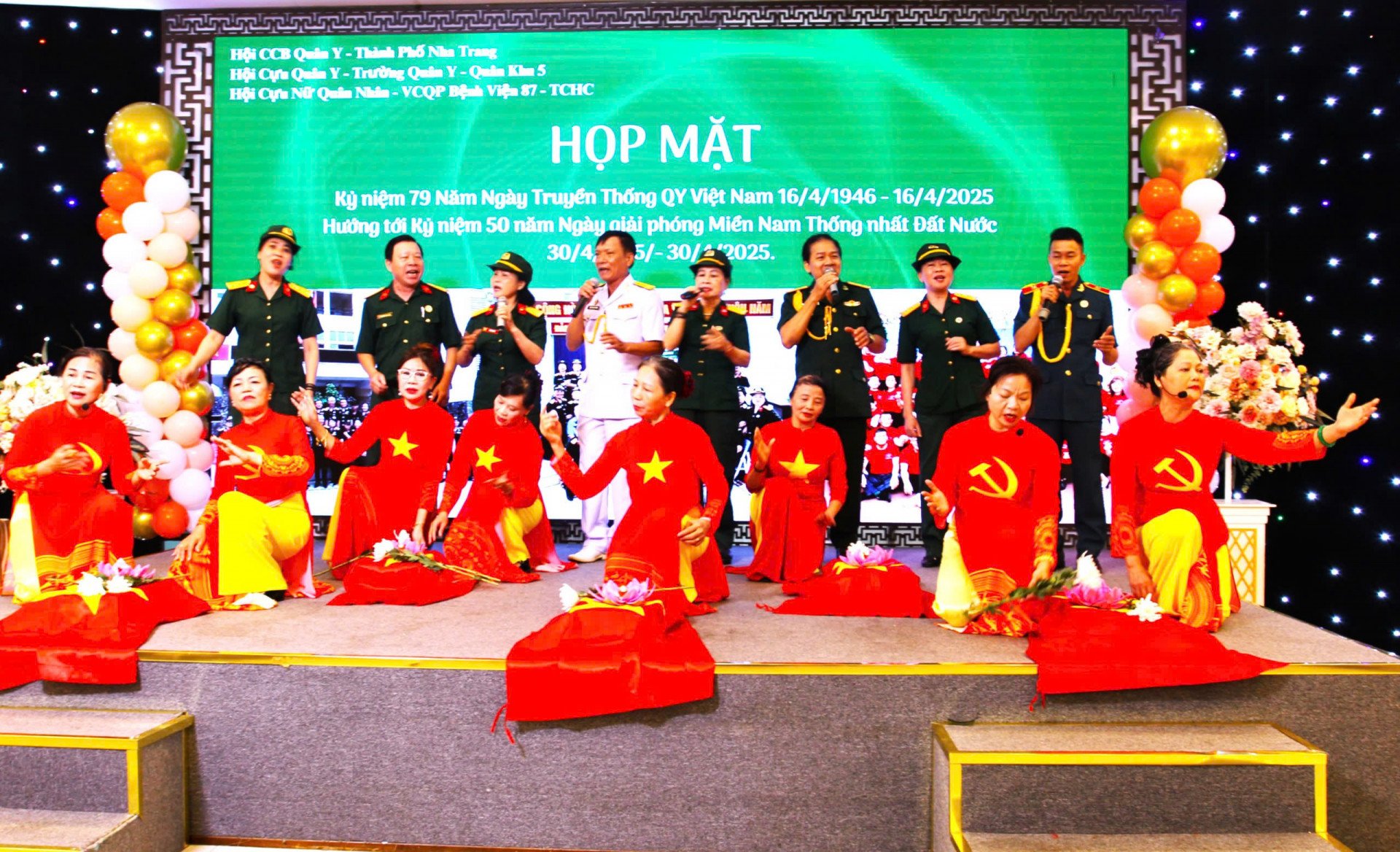

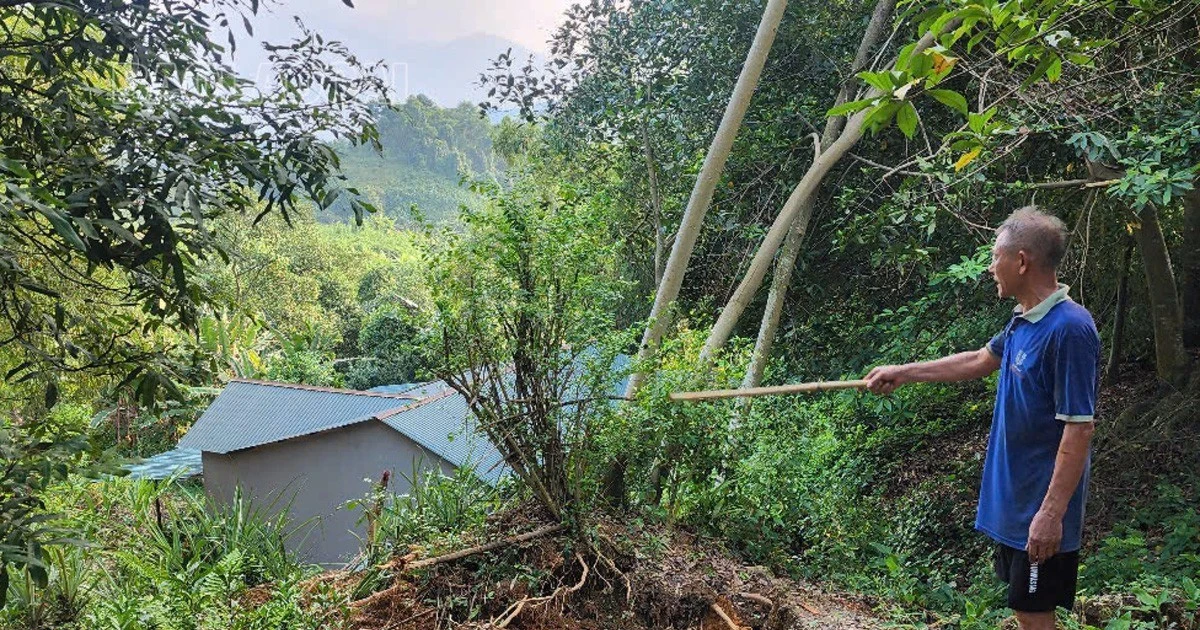

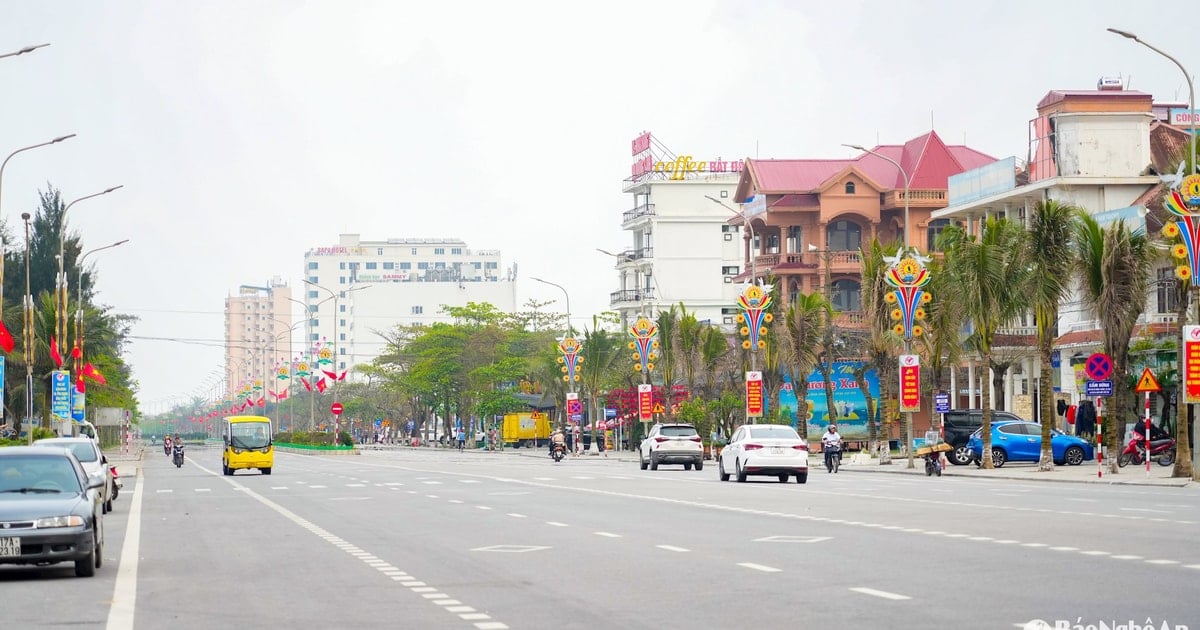











Comment (0)